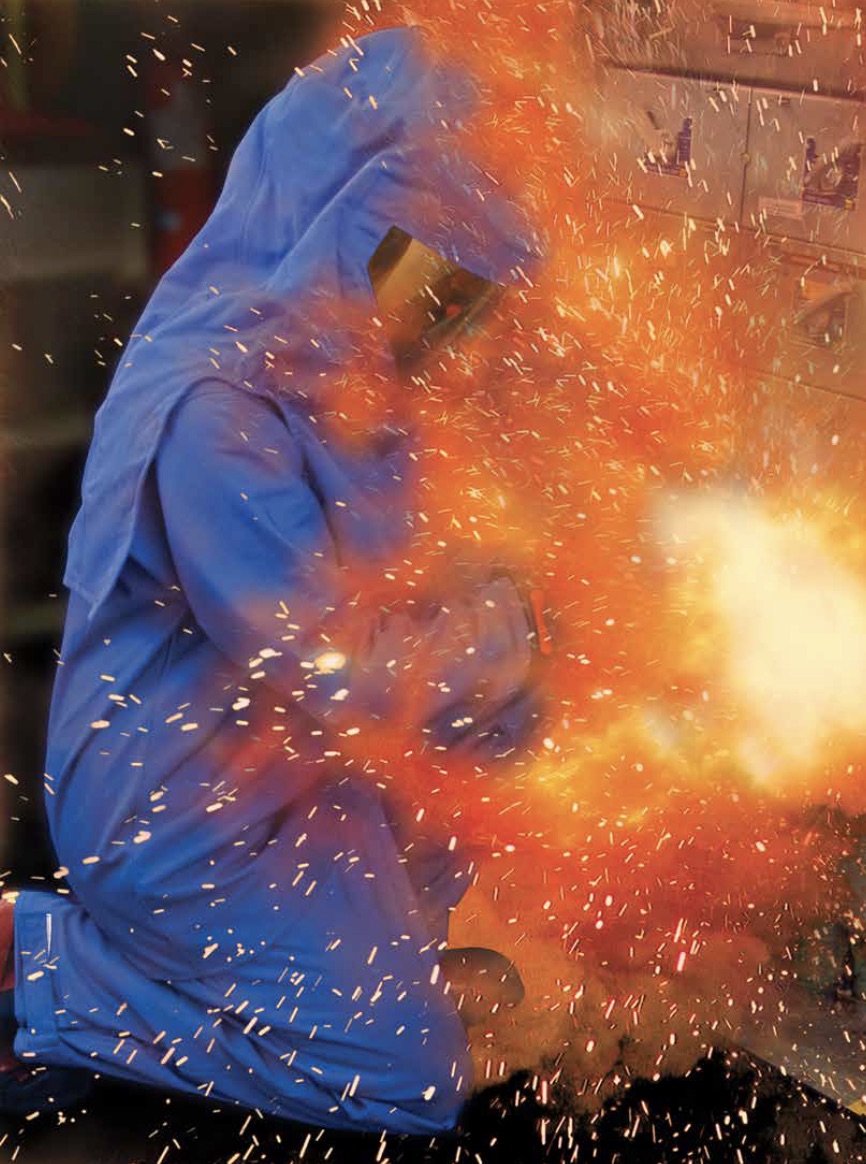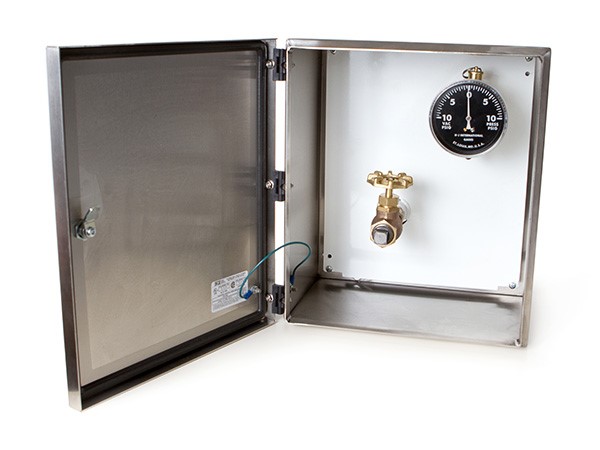External Transformer Oil Sampling: How to improve your bottom line with safety, convenience & compliance
 External sampling devices allow technicians to take transformer oil samples without first de-energizing the transformer. This saves time, money, and the hassle associated with de-energizing... and it could even save a life. Along with avoiding the costs associated with de-energizing, a big advantage to these sampling systems is safety.
External sampling devices allow technicians to take transformer oil samples without first de-energizing the transformer. This saves time, money, and the hassle associated with de-energizing... and it could even save a life. Along with avoiding the costs associated with de-energizing, a big advantage to these sampling systems is safety.
Sampling is not optional
If tested frequently and correctly, transformers can show early warning signs when something isn't right. The dielectric fluid that surrounds the coils not only provides a cooling dielectric barrier, it also retains gases, oxidation compounds, moisture, and metals that are created as a result of aging, faults, or leaks. The combination, distribution, and quantities of these (in test results) can act as a fingerprint for certain conditions, allowing analysis to provide real insight into what is happening inside the unit. Dielectric fluid testing is essential for detecting those issues, in order to address them through maintenance or repair.
Planned downtime is still downtime
Unplanned downtime is damaging to the bottom line. If any part of a plant is not producing, it is financially damaging - even a liability. Planned downtime, however, contributes to the bottom line, because it allows for testing and maintenance that will keep the equipment healthy and performing as expected. In many instances, however, shutting down a piece of production equipment is necessary; the actual process of drawing an oil sample from a transformer is simple and quick. However, the costs associated with regularly pulling an asset out of service, to keep the technician safe, can quickly add up. It can even compound when assets are daisy chained.
Scheduling issues are also a factor, when pulling energy producing equipment from service. Oil sampling contractors are often booked weeks in advance, but weather patterns fluctuate on shorter time scales, affecting energy production. This makes for unpredictable opportunity costs, and potentially tempts dangerous cost/benefit analyses, which can diminish the long-term objectives of the power producer for the sake of short-term profits.
 The role of external sampling devices
The role of external sampling devices
The National Fire Prevention Association (NFPA) outlines standards that inform electrical safety practices used by OSHA. Part of standard NFPA 70E implies that de-energizing with lockout/tagout procedures is mandatory for all inspection and servicing tasks that involve opening the cabinet doors.
The NFPA also refers to the Hierarchy of Controls, a widely accepted system used by numerous safety organizations, to illustrate best practices when working on potentially dangerous electrical equipment. At the top of the pyramid is "Elimination." In this context, elimination refers to lockout/tagout procedures (de-energizing the system) as the most preferred method for reducing risk. The second tier is "Substitution," which refers to the use of alternative methods of achieving the same safety result, without the same risk of injury.
Therefore, with sampling in situations where "Elimination" is not possible, "Substitution" can be achieved through the use of engineered products, and revised sampling protocols. One solution is to relocate the access point to an area of the transformer that is safe to sample.
If "Elimination" or "Substitution" is not possible, energized sampling may still be performed as long as an Energized Work Permit is signed. Requirements of the permit include reasons why de-energizing or substitution were not available, confirmation of risk assessments (including knowing the boundaries for shock and arc flash), and the selection of the proper PPE required to do the work. The administrative requirements also include a program for safety, training, and documentation.
External sampling devices eliminate the need to enter the transformer cabinet for routine oil sampling or processing. This gives technicians access to valves and instruments inside the transformer without the dangers associated with exposure to energized equipment. By removing the risk, they remove the need for additional precautions, which then decreases costs/increases bottom line in a quantifiable way.
"Substitution" with a lockable, external sampling device, circumvents the risk of arc flash injury or electric shock. It simplifies scheduling because in-house or contracted expertise and labor are not required to de-energize the transformer. It increases uptime and uninterrupted power generation, and provides excellent ROI. By adding a window for viewing, and possible Infrared (IR) inspections, the transformer can have the advantages of being safely IR scanned under load while a sample is taken.
External sampling is the only proven way to remove technicians from harm's way while sampling an energized transformer. This allows transformers to keep doing what they do best-providing power for the communities and utilities that they serve-while continuing to improve the organization's bottom line.
Robert T. Rasor is the Director of Transformer Services at SDMyers LLC, where he currently leads technology for the company's Engineered Products Group, and is a regular instructor for the Transformer Certification Program. He has a bachelor's degree from the University of Akron, and is a registered PE in the State of Ohio.
SDMyers |www.sdmyers.com
Volume: 2018 September/October









.png?r=9840)


